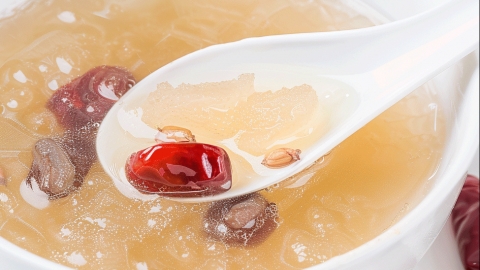Can patients with pulmonary nodules eat bird's nest?
Generally speaking, patients with pulmonary nodules can consume bird's nest. The detailed explanation is as follows:

Bird's nest is rich in high-quality proteins, amino acids, trace elements, vitamins, and other essential nutrients. These components play a significant role in repairing damaged lung tissue and enhancing lung function by providing necessary nutritional support to the lungs and promoting the regeneration and repair of lung cells. The nutrients in bird's nest may aid in the absorption and dissipation of pulmonary nodules, thus providing certain supportive benefits for the recovery of patients with pulmonary nodules.
Bird's nest has the effects of moistening the lungs, relieving cough, and nourishing the lungs by alleviating respiratory discomfort and easing cough symptoms, thus reducing the discomfort experienced by patients with pulmonary nodules. Meanwhile, the nutrients in bird's nest can enhance the activity of immune cells and improve the body's disease resistance, helping to prevent respiratory diseases such as colds and pneumonia. In addition, patients should consume bird's nest in moderation, as excessive consumption may burden the gastrointestinal system and lead to indigestion.
Patients with pulmonary nodules should maintain a balanced diet, consume more fresh fruits and vegetables rich in vitamins and minerals, as well as coarse grains and whole grain foods rich in fiber. At the same time, they should avoid eating spicy and stimulating foods, pickled foods, sweets, greasy foods, and raw or cold foods to ensure disease stability and recovery.




